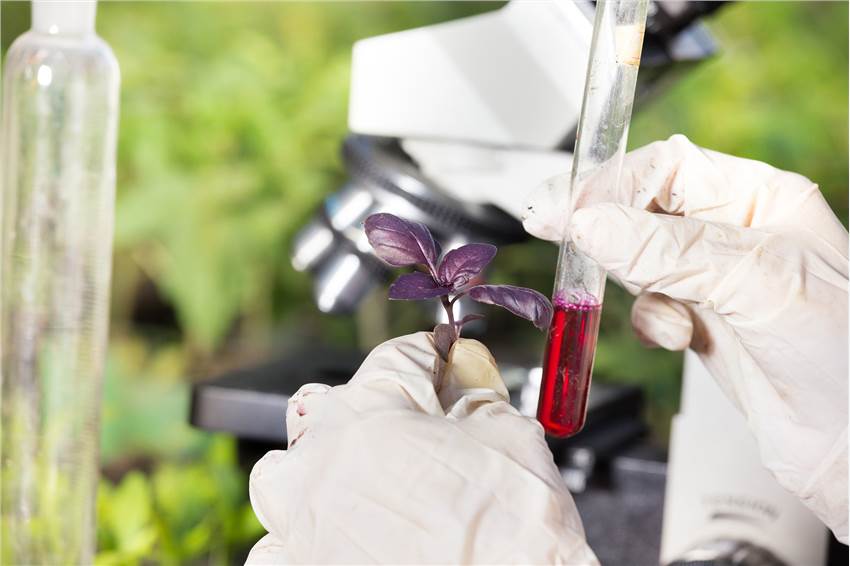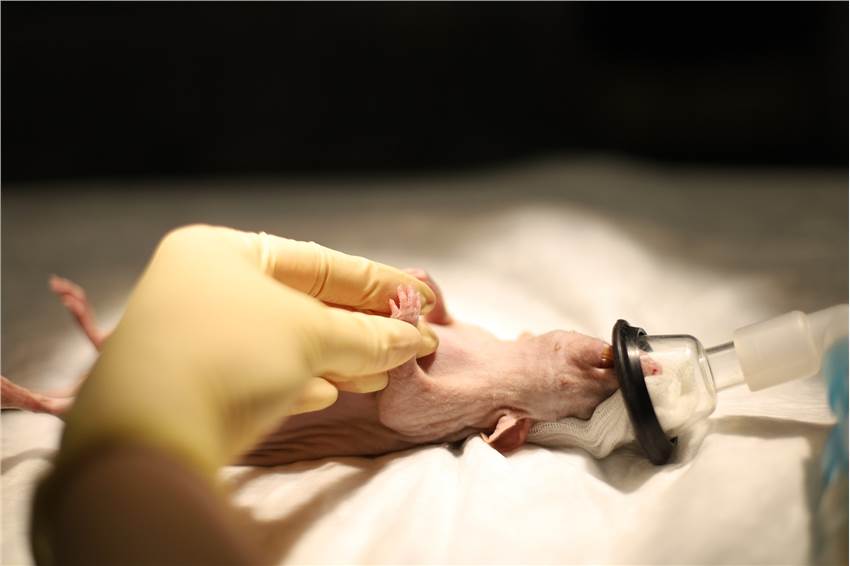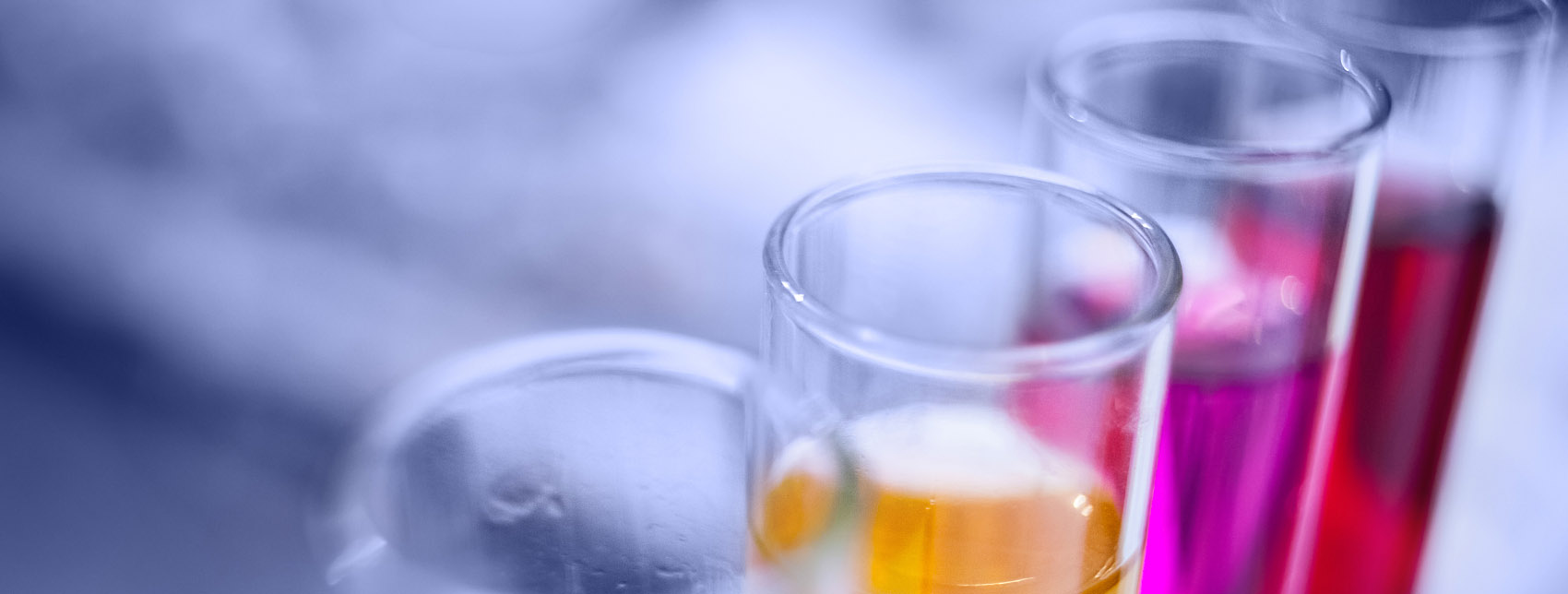The acute oral toxicity test is the first and most basic stage of toxicology testing. Our company provides acute oral toxicity testing services to test the acute toxicity effects and intensity of the samples on laboratory animals and to provide a basis for subacute (chronic) toxicity, micronucleus testing, etc.
Test Purpose
The purpose of this service is to provide a reference for acute toxicity classification and labeling of test samples, to provide information on the health hazards induced by oral exposure in a short period, and to provide a basis for toxicity effects and dose selection for subsequent subacute (chronic) toxicity tests.
Of course, the acute oral toxicity test is also an essential reference for preliminary estimating the target organs and possible mechanisms of toxic effects.

Test Range
Veterinary drugs, pesticides, chemicals, fungicides, organic toxicants, solid waste, domestic waste leachate, hazardous waste, sewage, sludge, water quality, surfactants, etc.
About Acute Oral Toxicity Test Service
Test Methods
Our company determines the acute oral toxicity test method based on the actual type and use of the test subject.
- Acute oral test methods for pesticides include Horn's method, up and down procedure, Miller and Taninter's method, etc.
- Food oral toxicity test methods can choose Horn's method, limited method, up and down procedure, Kou's method, etc.
- Chemicals can be used in Horn's method, Kou's method, the probability unit-logarithmic graphical method, the maximum tolerance test and up and down procedure, etc.
Of course, the choice of specific methods, or depends on the requirements of the relevant standards of the test substance.
Subjects
The test samples can be configured as aqueous solutions, oil solutions, or suspensions.
Test Animals
Our company uses Sprague Dawley (SD) rats or Wistar rats within 8-10 weeks of age, single-sex, usually females. Females should be non-pregnant and unborn.

Test Observations
We observed and recorded in detail the intoxication response of each animal at regular intervals on a daily basis 24 hours after poisoning and during the 14-day observation period.
Observations should include central and neuromuscular systems, vegetative nervous system, respiratory system, genitourinary system, skin and coat, digestive system and eyes, as well as body weight measurement (before, after and before execution) and toxicological examination.
Acute Oral Toxicity Test Report
The final test report Our company provides includes the following.
- Name of the tested samples, physical and chemical indicators, trait indicators, the preparation method of the samples and concentration used, etc.
- Species, strain and source of the test animals.
- The feeding ecology of the test animals. Mainly including information on the source of feed, room temperature, relative humidity, animal laboratory certification number, etc.
- Information on the dose and grouping of animals used in the test, as the sex, number and weight range of animals used in each group should also be indicated.
- Information on the specific signs of poisoning, death and time of appearance of the test animals after poisoning.
- Information on autopsy and pathological findings.
- The method of calculating the the median lethal dose (LD50) value and the 95% confidence limit of the LD50.
- Tabular report of the results.
- Conclusion of the test.
If you are looking for the best solution in the field of toxicology research, please feel free to contact us.
It should be noted that our service is only used for research, not for clinical use.


